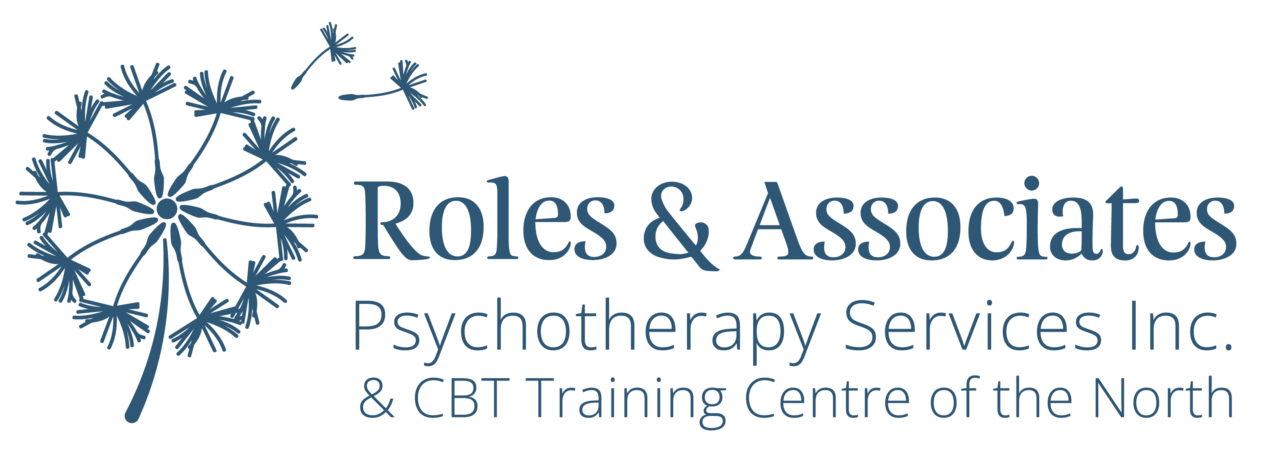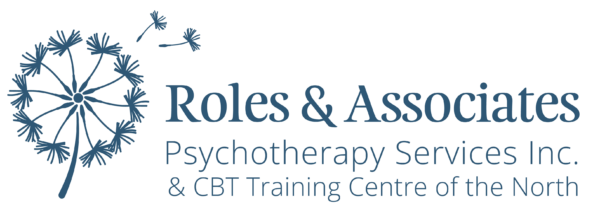Moral Injury: Understanding Unseen Wounds.
By: Natalie DeSantis, RN Psychotherapist, RP (Qualifying).
What is moral distress and moral injury?
In recent decades, the terms moral distress and moral injury have been used to denote the unseen wounds formed in situations where individuals are required to act against their personal values, beliefs, ethics or morals (Williams et al., 2021). Traditionally, these terms have been associated with military contexts, but they are increasingly recognized as consequences of high-stakes situations across various occupations, including healthcare, law enforcement, and public service, where individuals encounter ethical dilemmas that challenge their core values and result in significant psychological distress. Such moral transgressions may also be encountered in political, legal or social justice contexts (ter Heide & Olff, 2023).
The effects of these stressors exist on a spectrum, with moral distress resulting from mild to moderate impacts from more common stressors or situations where one knows the right course of action but is unable to take it due to various external factors (Houle et al., 2024). Moral injury on the other hand, is generally the result of higher magnitude events leading to more severe functional impairment. In other words, it to refers to situations in which one perpetrates, fails to prevent, or witnesses actions that violate their deeply held moral beliefs, leading to complex feelings of guilt, shame and betrayal ultimately impacting their wellbeing (Syracuse University, n.d).
What are the signs and symptoms?
Although moral injury isn’t considered a mental illness, if left untreated, it can lead to the development of a variety of mental health conditions. Some of the signs and symptoms include:
- Guilt
- Shame
- Anger
- Resentment
- Sleep disturbances
- Intrusive thoughts
- Rumination
- Social withdrawal and absenteeism
- Substance misuse
Moral injuries have also been significantly associated with PTSD, anxiety, depression and suicidality (ter Heide & Olff, 2023; Williams et al., 2021).
What are the treatment options?
As the field is only now beginning to recognize and examine moral distress and injury outside of military contexts, there is no standard, validated approach to treatment yet. Several psychometric tools have been deemed valid and reliable in capturing moral injury, which will help propel further research in this area (Houle et al., 2024).
At present, treatment approaches aimed at processing the emotional impacts (guilt, shame and anger) and related trauma have shown promise (Williams et al., 20024). These might include Compassion Focused Therapy, Prolonged Exposure, Cognitive Processing Therapy, Eye Movement Desensitization and Reprocessing and Brainspotting.
If you or a loved one is struggling with the outlined signs and symptoms, reach out to our team at [email protected] to get connected with one of our therapists.
References
- Williamson, V., Murphy, D., Phelps, A., Forbes, D., & Greenberg, N. (2021). Moral injury: the effect on mental health and implications for treatment. The Lancet Psychiatry, 8(6), 453-455. https://doi.org/10.1016/S2215-0366(21)00113-9
- ter Heide, F. J. J., & Olff, M. (2023). Widening the scope: Defining and treating moral injury in diverse populations. European Journal of Psychotraumatology, 14(2), 1–9. https://doi.org/10.1080/20008066.2023.2196899
- Houle, S. A., Ein, N., Gervasio, J., Plouffe, R. A., Litz, B. T., Carleton, R. N., … & Nazarov, A. (2024). Measuring moral distress and moral injury: A systematic review and content analysis of existing scales. Clinical Psychology Review, 108, 102377. https://doi.org/10.1016/j.cpr.2023.102377
- Syracuse University. (n.d). The Moral Injury Project. https://moralinjuryproject.syr.edu/about-moral-injury/

